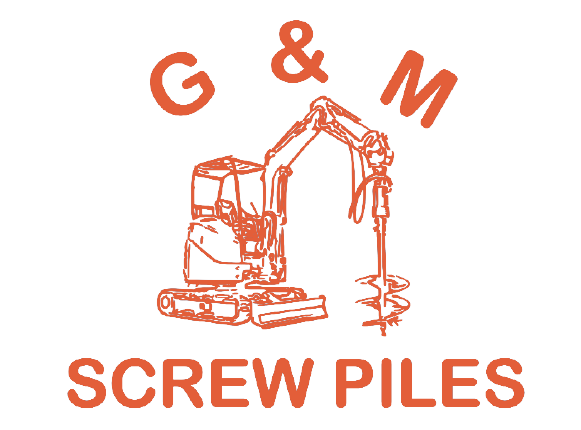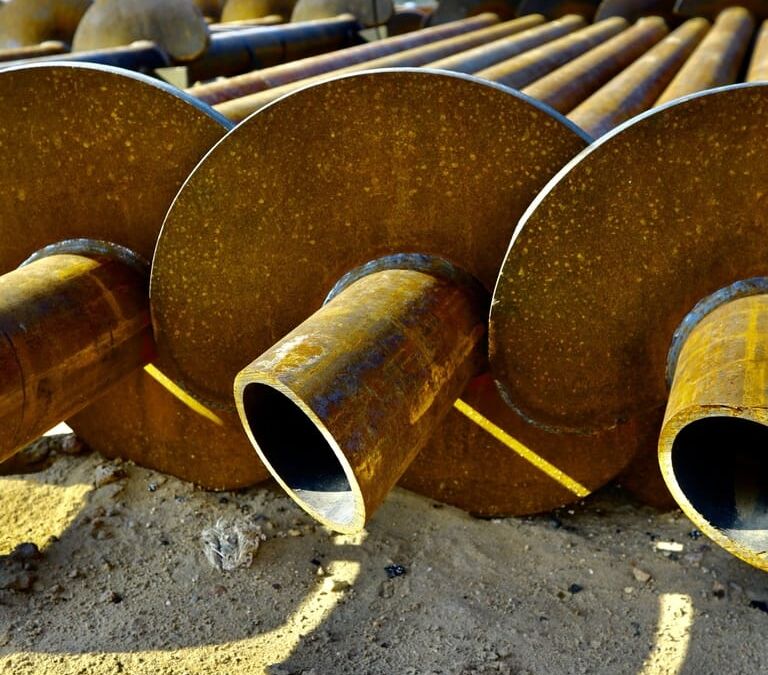When we think of construction and engineering marvels, towering skyscrapers and intricate bridges often come to mind. Yet, buried beneath the surface lies a lesser-known but equally essential innovation that has been instrumental in stabilizing structures for centuries – screw piles. These unassuming spiral-shaped devices have a fascinating history that spans continents and epochs, playing a pivotal role in shaping the modern world’s architectural landscape.
The origins of screw piles can be traced back to ancient civilizations, where rudimentary forms of these ingenious devices were used to support structures in challenging terrains. However, the true genesis of screw piles, as we recognize them today, can be found in the work of Alexander Mitchell, a Scottish civil engineer. In the early 19th century, Mitchell was tasked with finding a solution to stabilize lighthouses situated on treacherous soft grounds. His inventive mind led him to develop a helical screw-shaped foundation that could be easily installed into the ground.
The breakthrough came in 1833 when Mitchell patented his screw pile design, revolutionizing the construction industry. The concept was elegantly simple – the screw pile’s helical shape allowed it to be turned into the ground, much like a screw into wood, providing a stable anchor. This innovation significantly reduced construction time and costs, especially in challenging environments where traditional foundations were impractical. Mitchell’s design gained widespread recognition and was soon employed in lighthouse construction projects across Europe and beyond.
As the 19th century progressed, the application of screw piles expanded beyond lighthouses. They found use in railway infrastructure, bridges, and even piers, where their ease of installation and adaptability to various soil types proved invaluable. One of the most notable examples was the construction of the iconic Blackfriars Bridge in London, completed in 1869. The bridge’s foundations were supported by over 3,000 screw piles, underscoring their effectiveness in large-scale projects.
Across the Atlantic, screw piles also found favor in North America. In the mid-1800s, architects and engineers faced the challenge of constructing stable structures on the swampy and sandy terrains of the Eastern United States. Screw piles offered a practical solution, and their usage expanded rapidly in the construction of piers, wharves, and even entire buildings. The Eads Bridge in St. Louis, completed in 1874, stands as a testament to the efficiency of screw pile foundations in supporting monumental structures.
The 20th century saw further advancements in screw pile technology, including improvements in materials and installation methods. Steel replaced iron as the preferred material for screw piles, enhancing their durability and load-bearing capacity. Additionally, innovations in machinery allowed for more efficient and precise installation, making screw piles an even more attractive option for various construction projects.
In recent decades, the versatility of screw piles has been recognized across a spectrum of industries, including residential, commercial, and industrial construction. They have proven particularly useful in environmentally sensitive areas, where traditional excavation methods could have detrimental effects. The ability to install screw piles with minimal disturbance to the surrounding environment aligns with modern sustainability principles.

As we stand on the threshold of the 21st century, screw piles continue to play a crucial role in the construction industry. Their historical journey from humble beginnings to global ubiquity showcases the power of human ingenuity to tackle challenges and reshape the world around us. Today, engineering firms and architects embrace screw piles as a reliable, cost-effective, and environmentally friendly foundation solution. With ongoing research and development, it’s likely that screw pile technology will evolve even further, continuing to underpin the structures that define our modern world.
The history of screw piles is a testament to the profound impact that seemingly modest innovations can have on the field of construction. From their origins in 19th-century Scotland to their widespread use in today’s architectural projects, screw piles have transformed the way we build, enabling us to conquer challenging terrains and lay stable foundations for progress. As we admire the soaring skyscrapers and intricate infrastructure of our time, let’s not forget the unassuming spiral that lies beneath, silently bearing the weight of our architectural aspirations.
Contact us today to discuss your project and learn more about how our team of experts can bring it to life!


Recent Comments